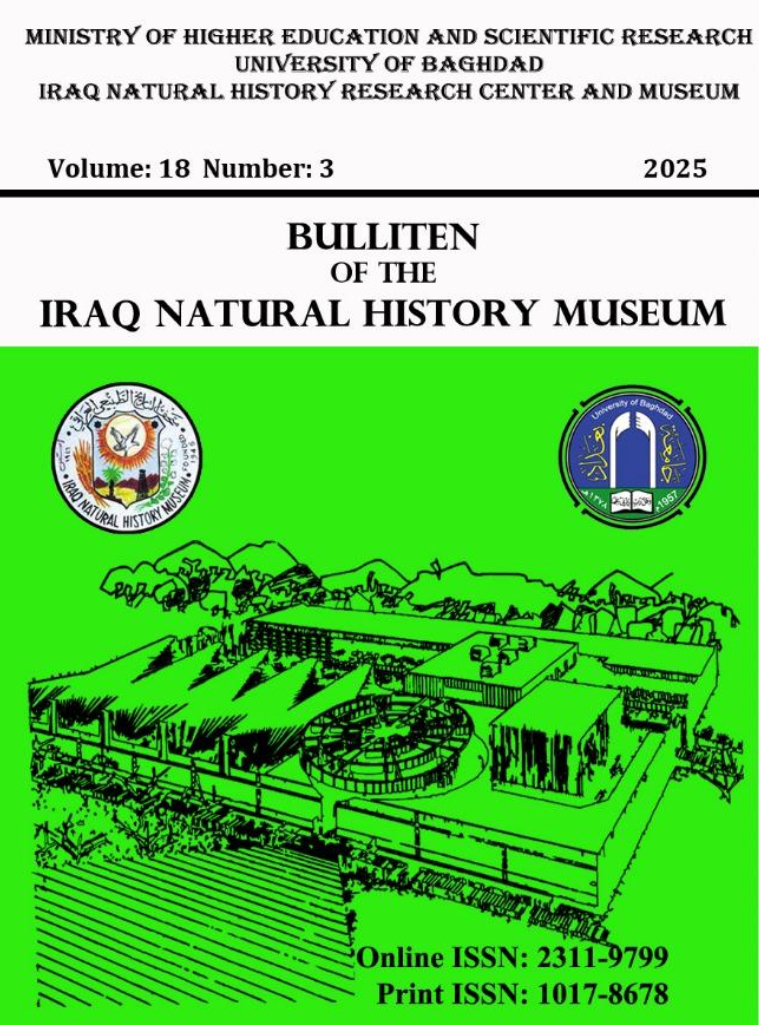LANDSCAPE-DEPENDENT VARIABILITY OF MORPHOMETRIC TRAITS IN CARABUS GRANULATUS L., 1758 (COLEOPTERA, CARABIDAE)
DOI:
https://doi.org/10.26842/binhm.7.2025.18.3.0721Keywords:
Biogeoregion, Carabus, Discriminant analysis, Ground beetles, Morphometry.Abstract
We examined morphological variations in Carabus granulatus L., 1758 (Coleoptera, Carabidae) populations across different habitats in the Kaluga Region. Discriminant analysis revealed subtle but significant morphological differences between populations, with pronotum length being the key discriminating trait. Morphological variability was primarily driven by historical microevolutionary processes rather than direct phenotypic adaptation to specific habitats. Local ecological factors, such as microclimate and resource availability, had a greater influence on morphometric traits than the general habitat type. Populations in the
eastern part of the Kaluga Region exhibited smaller body sizes due to intensive forest use. Fragmented forests displayed notable differences in morphometric traits, likely resulting from founder effects. Beetles from various localities showed distinct patterns: populations in the Oka River valley populations were smaller, while park habitats exhibited increased variability. Populations in Kaluga occupied an intermediate position between wild and disturbed forests. The study emphasizes the importance of considering both phylogenetic and ecological factors in understanding morphological differences in ground beetles, highlighting the complex interplay between historical, environmental, and anthropogenic factors shaping population-level morphological variation in C. granulatus.











